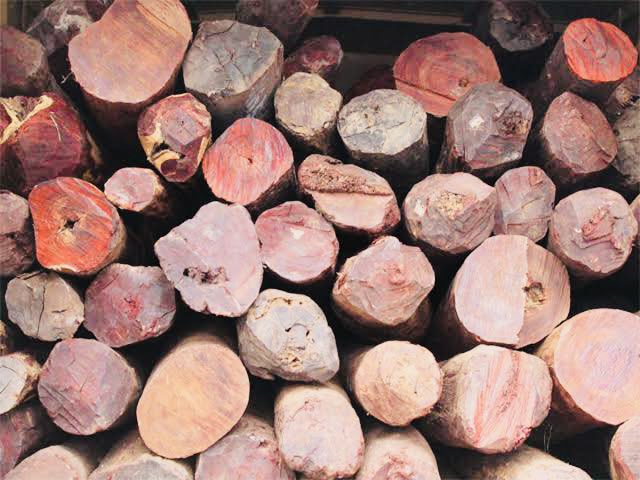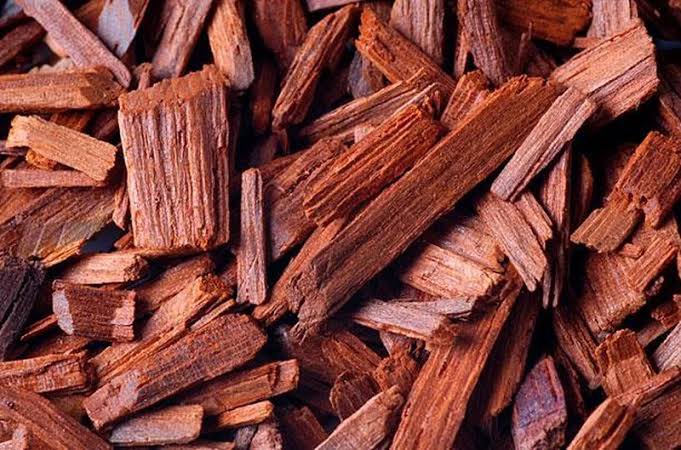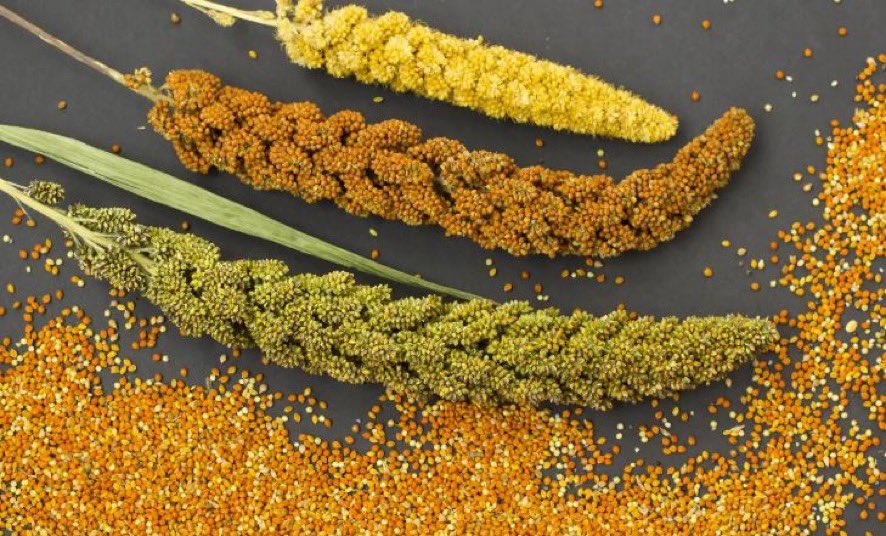After watching #PushpaTheRule based on illegal smuggling of Red Sanders, many stories including cracking the then biggest international gang, getting its kingpin,who was a Moreh based Tamil, arrested from Chennai and interrogating him at Raipur almost a decade back got refreshed. 

Red Sanders have being seized by Forests, Police, DRI, Customs, Border Guarding Forces from every corners of the country. Names like Kaza, Moreh, Nathula and Nyoma will ring the bell of how it is smuggled through some of the remotest part of the country. PC-Net 



Red Sanders (Pterocarpus santalinus) is only found in India and is endemic to a small pocket of Andhra Pradesh spreading mainly in Cudapa, Chittor, Nellore, Kurnool and Prakasam districts. #UPSC 



Red Sanders (रक्तचंदन) is not Sandalwood (चंदन). Red Sanders don’t smell even. It’s (Pterocarpus santalinus) altogether different species than Sandalwood (Santalum album). However it has been high in demand in South Asian countries for various purposes. #UPSC
PC-Shared
PC-Shared

Red Sanders is listed in CITES Appendix II. IUCN has categorised it in the ‘Endangered’ category keeping in view the loss of its populations in last three decades. #conservation #UPSC 

Red Sanders and UPSC aspirants can also make a news..! ragalahari.com/tollywood-news…
• • •
Missing some Tweet in this thread? You can try to
force a refresh






